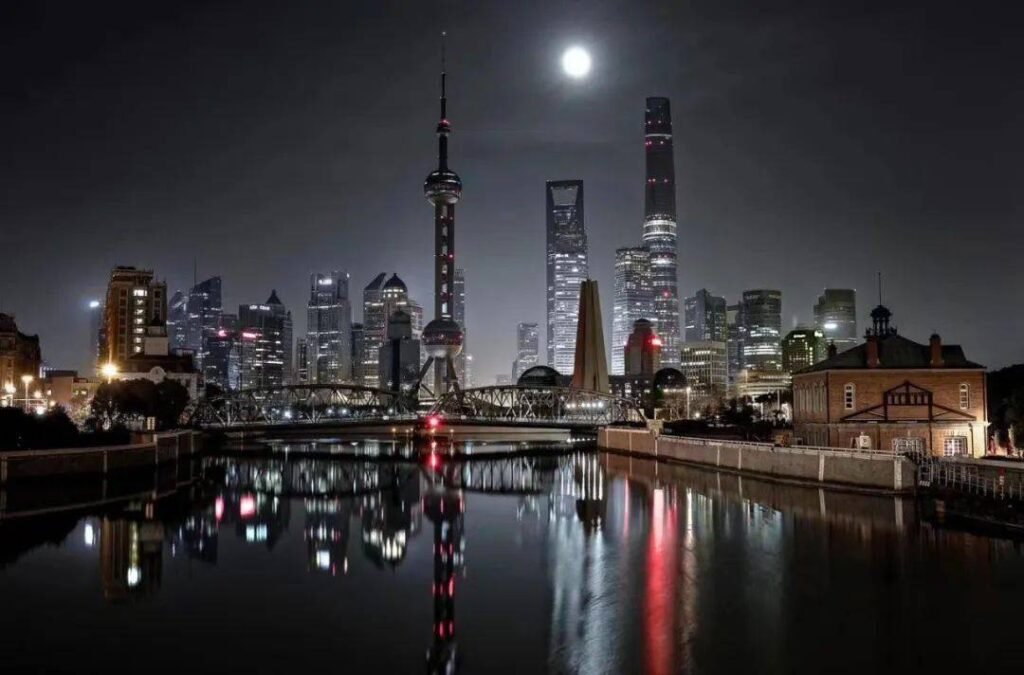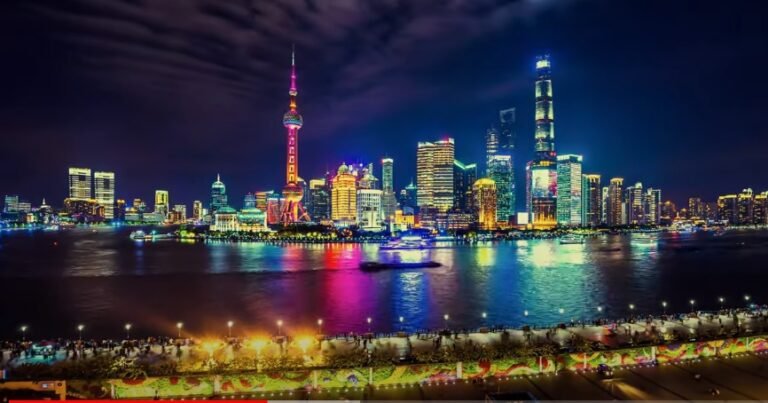
Beauty of Shanghai Travel Itinerary
For any Traveler, Shanghai Travel Itinerary is a very remarkable and enjoyable experience in his life. Visiting a lot of places in China I must talk about travel to Shanghai First. Historically enriched Shanghai is one of the most populous cities of “The People’s Republic of China” Shanghai, which means the “City on the Sea,” lies on the Yangzi River, the East China coast. This cosmopolitan city described that never sleeps. It’s a place where historical buildings and towering skyscrapers sit side by side. Shanghai is a major international commercial pivot, one of the world’s most important centers for business and economics, research, science and technology, manufacturing, transportation, tourism, art, culture, and finance.
Mainly Shanghai grew in importance in the 19th century due to European recognition of its favorable port location and economic potential. The Shanghai Port holds the title of the globe’s most active container port. In 2023, the container throughput of Shanghai Port approached 49.16 million twenty-foot equivalent units (TEUs), ranking first in the world for the 14th consecutive year and the Shanghai Port achieved global dominance, accounting for 3.6 percent of the total trade volume worldwide. Shanghai is a special province-level city in China, like Beijing, Tianjin, and Chongqing. It is also called the “Paris of the East”. Its total area is 6341 km or 2,448 square miles.
Impressive Shanghai City has two operating international airports: Pudong International Airport (Shanghai Pudong International Airport) and Hongqiao International Airport (Shanghai Hongqiao Guoji Jichang). Shanghai is also an emerging tourist destination, with a profound modern urban cultural heritage and numerous historical monuments, Landmarks like the Bund, Xintiandi in Puxi, Nanjing Road, Oriental Pearl TV Tower, Yu Garden & Bazaar, Zhujiajiao Water Town, Shanghai Disneyland and many more. Traveling these places will enrich your Shanghai Travel Itinerary.

When I talk about my Shanghai Travel Itinerary, I must say Shanghai is beautiful and more dazzling at night than during the day. I heard some people mention Shanghai as a ‘’Wonder City’’, though I didn’t know the reason for calling it so. After getting a night tour of Lujiazui in Shanghai, I understood why Shanghai is called the "Wonder City". Shanghai represents the beauty of old and modern mingled together. I explore that Shanghai is more gorgeous, dashing, and attractive at night than in the daytime.
The brightness of neon lights of different colors turns Shanghai City sparking and radiant. At night the most beautiful place in Shanghai is Lujiazui. While you walk on the pedestrian bridge of Lijiazui you will think of the tall buildings like the Oriental Pearl Tower, and Shanghai Tower getting up from the ground. Modern high-rise skyscrapers are lit up in all the colors of the rainbow and old Baroque-styled buildings are in a classic sophisticated color of gold. The colorful bright light reflects into the Huangpu River and makes a confusing and dizzy scene, which makes people feel a sense of charm in this bright and colorful city.
Shanghai Travel Itinerary with The Bund, Yu Garden, Shanghai Tower, Tianzifan and Many More Historical Places
Shanghai the wonder city is whispering of yesterday and yelling for tomorrow. It is a city of magic, challenges and inspires you with a feeling of joy and wonder. It whispers about the colonial past suppression of Chinese people and how they retrieve their own identity. There are a lot of symbols, memories and monuments of that time that are conserved in Shanghai, China. Shanghai is not a shadow of its past but it renewing itself constantly with its innovation and technology. One can see a glimpse of prosperity in the Shanghai Travel itinerary. Shanghai is a blend of tradition and technology.
Visit the landmark Shanghai building, the Oriental Pearl Tower, and climb the tower to see the beautiful scenery on both sides of the river. The counters on each sightseeing floor of the Oriental Pearl Tower are filled with more than 1,000 unique and exquisite tourist souvenirs, which are dazzling and unforgettable. The Oriental Pearl Tower receives more than 2.8 million guests from all over the world every year. It is a comprehensive tourist and cultural attraction that integrates sightseeing, catering, shopping, entertainment, cruise, exhibition, historical exhibition, radio and television transmission, etc.
The Oriental Pearl Tower has become a landmark building in Shanghai and is listed as one of the top ten new landscapes in Shanghai. Climb the tower to see the scenery of “Little Shanghai”; visit the Shanghai History Exhibition Hall, take a cruise on the Huangpu River to see the wonderful scenery on both sides of the river (if the cruise cannot be arranged due to high temperature/typhoon/cold winter, it will be changed to a sightseeing tunnel), and visit Shanghai CBD-Pudong New Area, visit Shanghai Old Town-Chenghuang Temple, International Architecture Expo-The Bund, Shiliyangchang China Five-Star Commercial Street-Nanjing Road Pedestrian Street.
The Bund, a famous waterfront area of Shanghai Where modernism and history are blended located on the bank of the Huangpu River. Its structural infrastructure is renowned for its iconic skyscraper, featuring a series of historic buildings that once housed the offices of major banks and trading houses during the colonial era. It offers a bird’s eye view. There are 52 different structures and designed buildings here. Some are historic some are colonial buildings. Some attractions of the bund are Huangpu Park, Waibaidu Bridge, Shiliupu, Chen Yi Square and Lover’s Wall etc.
Huangpu Park
The Chinese Historical Place in Shanghai
Huangpu Park lies at the northernmost edge of Shanghai’s famous Bund where the clear waters of the Huangpu River greet the dulcet waves of the Suzhou Creek before streaming southward toward the glittering East China Sea. Despite the roar of the Huangpu River, the night heron quietly squatted on a corner of the north anchorage platform of the Huangpu Park Hydrological Station, occasionally preening its feathers.
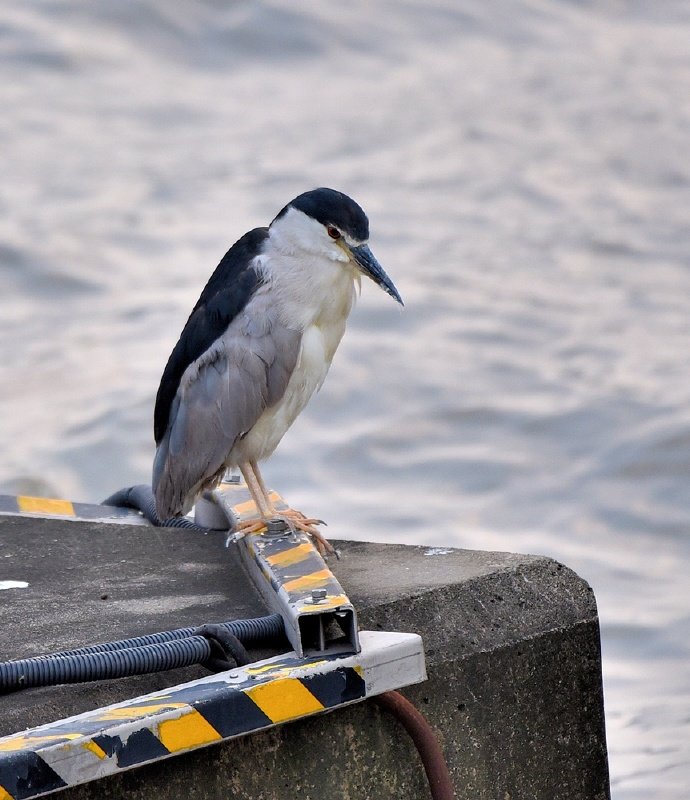
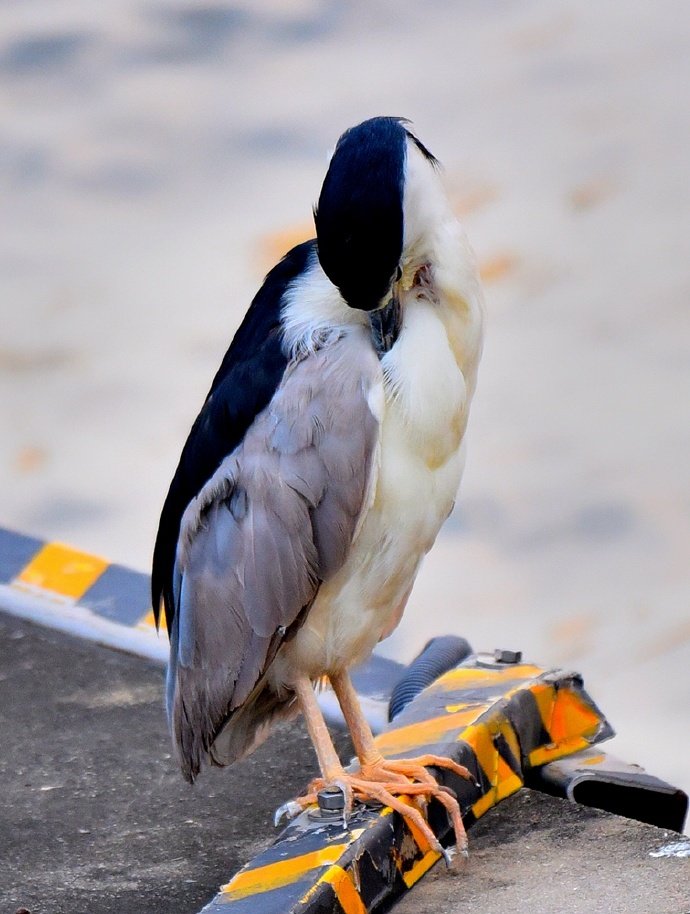
To the perfunctory eye, it might seem like just another small, exquisitely set public garden-a place for a walk, for photographs, or for a few moments to collect one’s thoughts away from the hustle of the city. Nevertheless, this small patch of green is steeped in history-so great that it exceeds the bounds of physical orientation.
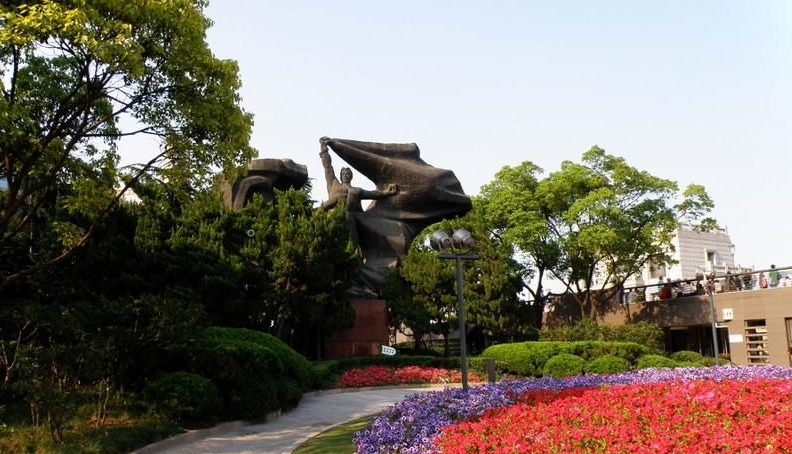
Huangpu Park is not simply a park. Huangpu Park Shanghai is an important and miserable part of Chinese history how they were deprived, discriminated by the colonial reign. It represents a monumental historical palimpsest bearing the scars of colonialism, national humiliation, resilience, and finally, drastic economic changes in China; it bears witness to an extraordinary history that marks the further conversion of grandeur into marginality.

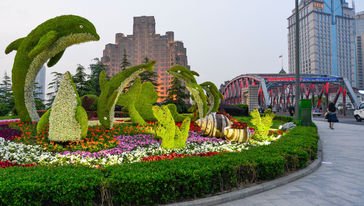
Huangpu Park Shanghai China origins are inseparably linked to the turbulent history of Shanghai as a treaty port was simply forced into being in the wake of the first Opium War to allow foreign trade. Established by the British-dominated Shanghai Municipal Council which governed the International Settlement, in 1868, it was initially referred to as “Public Garden” or the “Bund Garden.” The creation of Huangpu Park saw marshy land reclaimed at the confluence of the two channels in the area, transforming it into a designed garden in the European style for leisure and recreational purposes of the burgeoning foreign community living within the exclusive confines of the settlement.
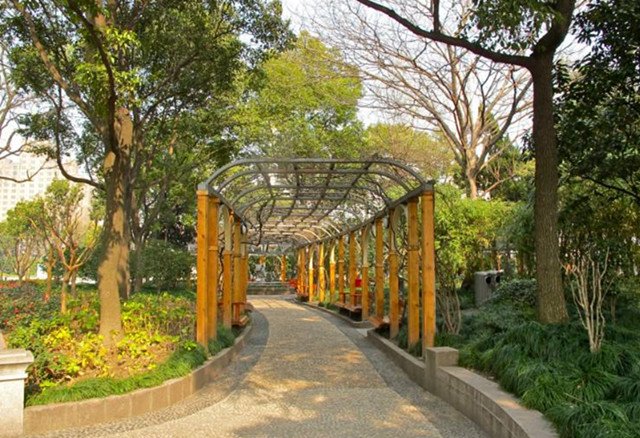
Huangpu Park was opened not just for the foreign population but was also subject to regulations that discriminated against foreigners. From the beginning, it enforced a code that was openly discriminatory. A historical debate does exist regarding the exact wording and prevalence of some signage in the park; nevertheless, the park became notorious for rules preventing, if not banning, Chinese entry. Most notoriously, a sign is said to have stated, “No Dogs and Chinese Allowed.” This sign, whether it existed that way or not, comes to represent the far greater reality for decades: that the vast majority of Shanghai’s native population was barred from stepping into this public space all these years, in their own city.
This discrimination-implemented through a slew of regulations regarding sartorial choices, behavior, or simply ethnicity-turns the Public Garden into a bitter symbol of foreign dominance and semi-colonial status on China. The space was-to a very large degree-existing, visible testimony to the unequal treaties and the rights foreigners enjoyed over the Chinese soil.
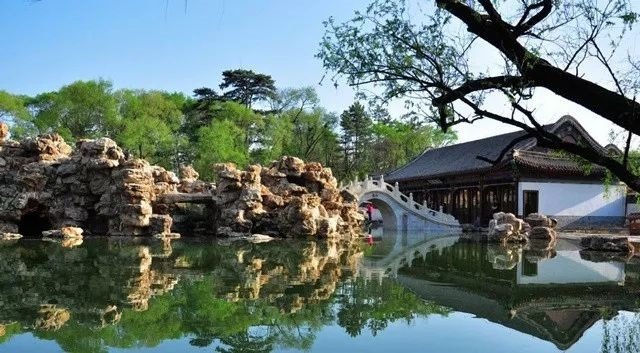
It has implied national humiliation for generations of the Chinese. A fenced-off territory for foreigners that stood on Chinese land yet denied to those people that owned the land. Such wrong continued to grow in the common psyche and fuel extreme nationalist sentiments. Huangpu Park, small as it was, carried enormous symbolic weight; an embodiment of China’s struggles against foreign imperialism.
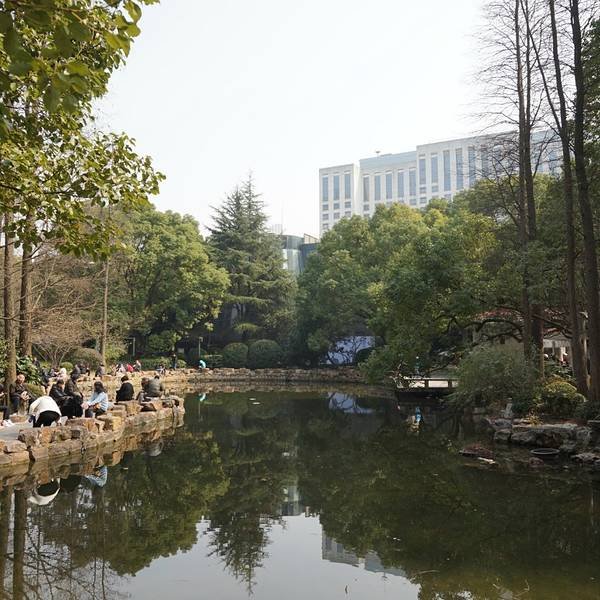
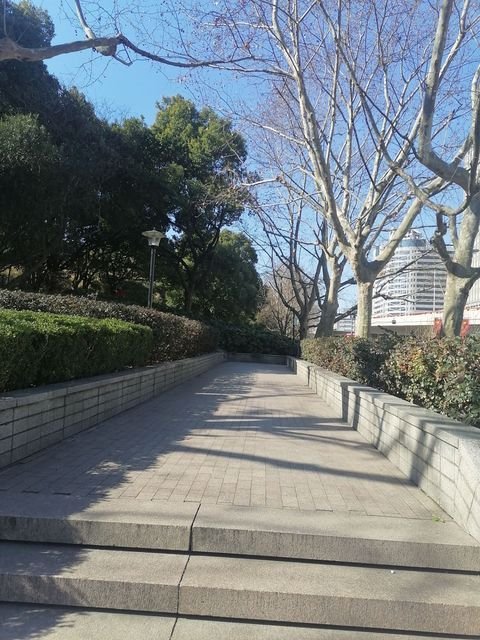
Huangpu Park condenses the history of Shanghai since its opening as a port. It is one of the important bases for revolutionary traditional education. In 1996, it was named “Youth Patriotism Education Base” by the Shanghai Municipal People’s Government. The “Huangpu Park” with its gates and walls removed has been connected with the Bund Source Green Space to form the Bund Garden. The Shanghai People’s Heroes Monument, the Bund History Memorial Hall, large relief sculptures and the Monument Square are integrated with the park’s landscape, integrating sightseeing, leisure and education functions. It is a tourist attraction and one of the important Bund landscapes.
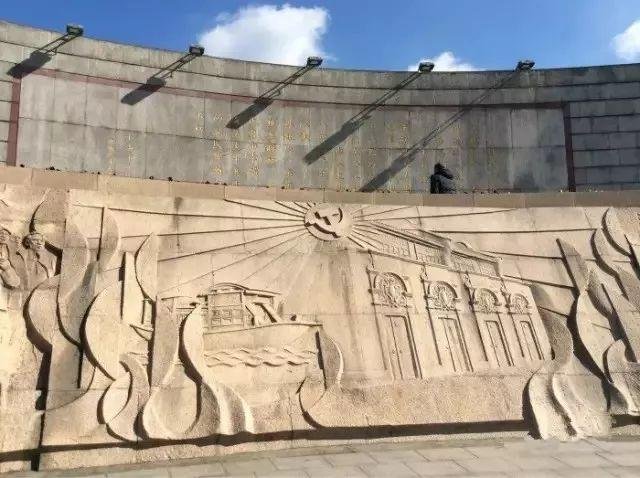
Once upon a time, there were no parks in China, only private gardens. In 1868, a “Public Garden” was built on the wasteland in front of the British Consulate building, with flowers in full bloom and music playing. This is the first public garden in Shanghai and China – Huangpu Park. However, this new thing was also controversial because it prohibited Chinese from entering. With the changes of history, the term “park” (abbreviation of public garden) has been widely used in newspapers and magazines in the early 20th century. Today, parks have become an important place for citizens’ activities.
Revolutionary winds of the 20th century started blowing hard. While the last fishmongers ply their trade and chit-chat with old ladies taking their evening constitutionals along Huangpu Park’s granite pathways, an air of history lingers as surely as the scent of fish. Here exists one of the few accessible spots to worship history: by sustaining the clamor that all is still well some might question about the other type of closure. What is past is past; yet, looking at those distinctions in parks on contracts may not be a good clue.
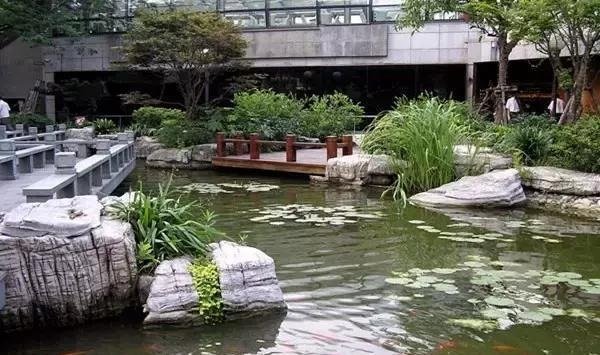
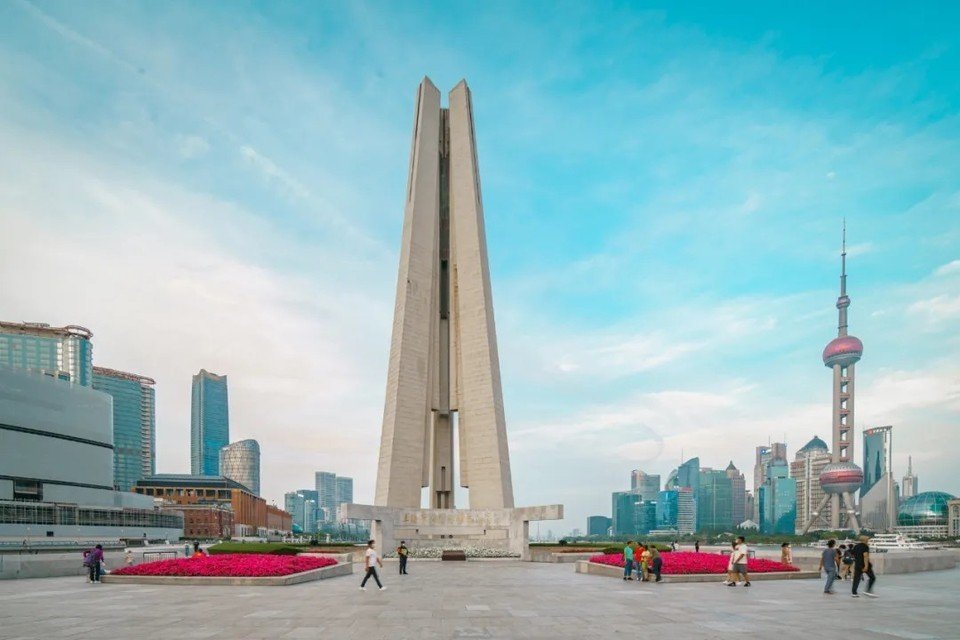
Also, And what of the present and its wearing-on relations in terms of access? This concentration is not so entirely a green space; it is big in hits received on the Web with respect to people standing for not allowing dogs in the park and harboring discrimination against immigrants.
Waibaidu bridge
The Only Surviving Example of A Camelback Truss bridge
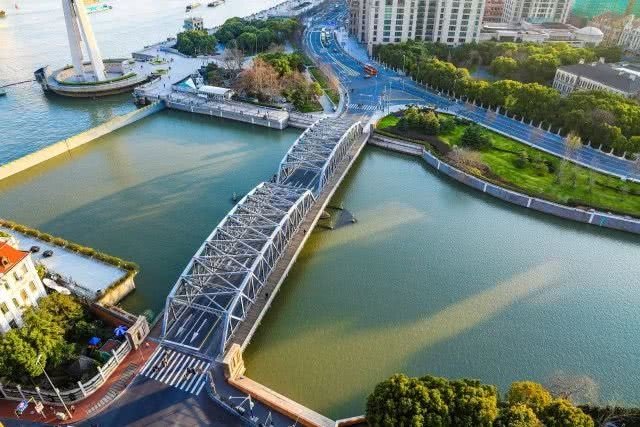
Waibaidu bridge is called Garden bridge in English. It is only the surviving example of a camelback truss bridge in China. The fourth foreign bridge built at its location since 1856, in the downstream of the estuary of the Suzhou Creek, near its confluence with the Huangpu River, adjacent to the Bund in central Shanghai, connecting the Huangpu and Hongkou districts, the present bridge was opened on 20 January 1908.
With its rich history and unique design, the Waibaidu Bridge Shanghai is one of the symbols of Shanghai. Its modern and industrial image may be regarded as the city’s landmark bridge. On 15 February 1994 the Shanghai Municipal Government declared the bridge an example of Heritage Architecture, and one of the outstanding structures in Shanghai. In an ever-changing metropolis, The Waibaidu Bridge still remains a popular attraction, and one of the few constants in the city skyline.
In the 1930s, writer Mao Dun wrote in his novel Midnight: “The dusk and mist enveloped the towering steel frame of the Waibaidu Bridge. When the tram passed by, the tram wires hanging in the air below the steel frame would occasionally burst into a few green sparks. Looking east from the bridge, you can see the foreign-style warehouses in Pudong like huge monsters, squatting in the dusk, flashing lights like thousands of small eyes. Looking west, what shocked people was the unusually large neon electric tube advertisement installed high on the roof of a foreign-style house, emitting red light like fire and green flames like phosphorus: Light, Heat, Power!”

Since its completion, Waibaidu Bridge has been the symbol of Shanghai. Once upon a time, “Made in Shanghai” had a very high reputation. People from all over the country came to Shanghai and always brought back some “Shanghai-style” products. What is Shanghai-style? In addition to the two big words “Shanghai”, there must also be Shanghai’s iconic landmarks, the Bund, People’s Park, and the Waibaidu Bridge. It is so unique that people can recognize its appearance at a glance. Seeing the Waibaidu Bridge is like seeing Shanghai. One of the landmark buildings in Shanghai is the Waibaidu Bridge.
Waibaidu Bridge Shanghai, was certainly not built just for beauty. The location of Waibaidu Bridge is about 200 meters away from the place where the Suzhou River flows into the Huangpu River. It is located at the intersection of rivers and has a unique geographical advantage. Before Shanghai was opened as a port, people traveled across the river from north to south by ferry. Compared with other ferry crossings, this location is the lowest downstream of the Suzhou River and the closest to the Huangpu River, so it is called “Waibaidu Bridge”. In 1856, British merchant Wells and others organized the Suzhou River Bridge Construction Company to build a wooden bridge near the Waibaidu Bridge, which was called “Wells Bridge”.
In 1873, the Municipal Council demolished Wells Bridge and built a new bridge, which was called “Park Bridge” or “Garden Bridge” (named after Huangpu Park) or Waibaidu Bridge. Because the toll for crossing the river was cancelled, it was also called “Waibaidu Bridge”. In Shanghai dialect, “Bai” means free. In 1907, the Municipal Council rebuilt the bridge into a steel truss bridge and laid tram tracks on the bridge. So, the construction date marked on the abutment of Waibaidu Bridge is: 1907.
Waibaidu Bridge is a major traffic route across the Suzhou River. It was once one of the bridges with the largest shipping capacity and the most frequent traffic in Shanghai. At the same time, Waibaidu Bridge Shanghai has also witnessed the vicissitudes of Shanghai’s century-long history. On the morning of November 10, 1915, the Japanese Consul General stationed in Shanghai celebrated the “Tianchang Festival” at the Japanese Consulate in Hongkou. Zheng Rucheng, Yuan Shikai’s favorite general and the Shanghai Garrison Commissioner, who was then the highest military and political leader in Shanghai, went to celebrate. Zheng Rucheng took all precautions, but still fell on the Waibaidu Bridge where traffic was crowded and the speed was slow.
Patriots Wang Xiaofeng and Wang Mingshan first used a bomb to blow up Zheng Rucheng’s frame, and took the opportunity to fire ten shots in a row, ending Zheng Rucheng’s life. Wang Xiaofeng and Wang Mingshan had a chance to escape, but they gave up this opportunity and calmly climbed the bridgehead of Waibaidu Bridge to give a speech to the citizens. When the patrol came, they threw away their guns and said, “I have fulfilled my ambition, and I have no regrets even if I die.” A month later, the two patriots died heroically, writing a moving chapter in the history of Waibaidu Bridge.
Zheng Rucheng died at Waibaidu Bridge
The evening tide of the Huangpu River flows into the Suzhou River every day. The boats on both sides float high, and the decks are higher than the docks. In 1932, the Battle of Songhu and the full-scale outbreak of the Anti-Japanese War in 1937, the Chinese area north of the Suzhou River was filled with smoke and thousands of refugees crossed the Waibaidu Bridge to enter the International Settlement for refuge. After the concession became an “isolated island”, the Japanese army set up a checkpoint on the Waibaidu Bridge which was also a humiliating history that Shanghai could not bear to look back on.
Waibaidu Bridge in 1949
On May 25, 1949, the battle to liberate Shanghai reached a critical moment. The 79th Division of the 27th Army of the People’s Liberation Army launched a charge from the Bund to the Waibaidu Bridge but was blocked by the bunkers, chevaux de frise and barbed wire set up by the Kuomintang army. At that time, the Waibaidu Bridge was the throat of Hongkou and Yangpu to the north. The Kuomintang army piled a large number of explosive packs on the bridge and put up a desperate resistance. The People’s Liberation Army prepared howitzers, but they were ultimately useless.
Shanghai plays a big role in the industrialization of New China. The People’s Liberation Army insisted on using light weapons to assault and charge, paying a heavy price in casualties, thwarting the enemy’s intention to destroy the bridge and saving this “Grandma Bridge” for Shanghai people. The archival records record that a seriously injured Shandong squad leader said to his comrades on his deathbed: “I can’t do it anymore. Please tell the Shanghai workers that I hope they can make more contributions to the industrialization of the motherland.”
PLA cavalry on the Waibaidu Bridge in 1949
After the liberation of Shanghai, Waibaidu Bridge underwent several major repairs, including the demolition of the tramway and the Mudan Street bridge deck, and the construction of a new reinforced concrete bridge deck and asphalt sand pavement. In 2008, the Waibaidu Bridge was closed to traffic and all parts except the piers were removed and sent to the Shanghai Shipyard for major repairs. In 2009, the original appearance of the Waibaidu Bridge was returned to its original location and a lighting test was carried out. If calculated based on the date of completion of the third-generation bridge in 1907, the Waibaidu Bridge was exactly 102 years old at that time.
Waibaidu Bridge being restored in 2009
“Rock and rock, rock to Grandma Bridge…” Generation after generation of Shanghainese sing the same ballad as they walk across the Waibaidu Bridge. Today’s Waibaidu Bridge is still a major transportation route connecting the north and the south.
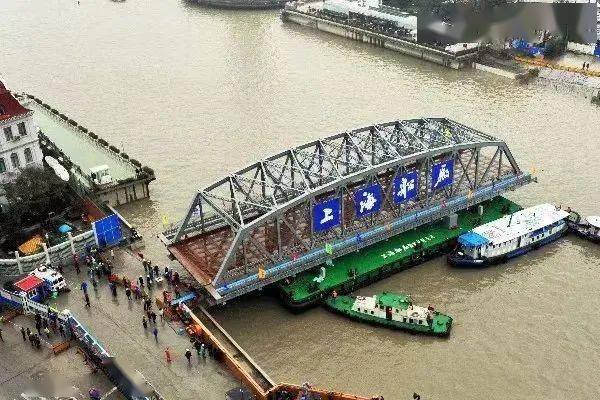
In addition, more people come here to experience its architectural charm as China’s first all-steel riveted bridge and the only remaining unequal-height truss structure bridge. Some half-understanding tour guides introduce mysteriously: “This is the place where Yiping jumped into the river in the TV series “Love in the Rain”, and there will also be “knowledgeable” Shanghai citizens to correct: “The TV series was filmed at Zhejiang Road Bridge in Hengdian, and it has nothing to do with the Waibaidu Bridge.”
More than a hundred years have passed, and Shanghai has undergone tremendous changes. Countless new buildings have sprung up, and some have become new symbols of Shanghai. But as long as people talk about Shanghai, the image of the Waibaidu Bridge will still emerge in their minds first. At night, colorful lights cast magnificent light and shadows on the steel trusses, blending with the scenery of Puxi and Pudong. The century-old bridge is young.
